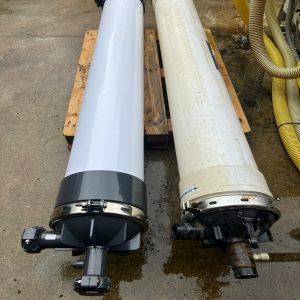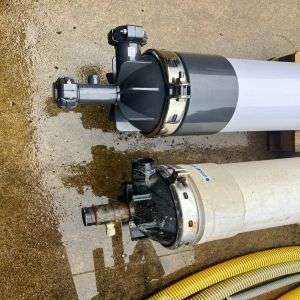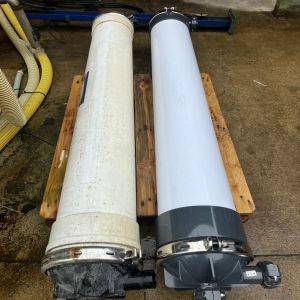Explaining the Basic Principles of TIPS Technology and Key Steps in Ultrafiltration Process



In today's industrial and technological fields, Thin-film Integrated Dry Process for Spiral-wound membrane modules (TIPS)UF Membranes technology is gaining attention and finding widespread application as an advanced separation and filtration technique. This blog article delves into the fundamental principles of TIPS technology and its crucial steps in the ultrafiltration process, aiming to provide readers with a deeper understanding of its operational principles and application domains.
Basic Principles of TIPS Technology
TIPS technology involves a dry membrane separation process, focusing on thin-film filtration and separation. Compared to traditional wet ultrafiltration techniques, TIPS integrates ultrafiltration membranes directly with support layers, achieving higher separation efficiency and processing capability.
1. Choice of Membrane Materials:
Membranes used in TIPS technology are typically made from specific polymer materials such as polyamide and polysulfone. These materials offer excellent chemical resistance and physical properties, making them suitable for membrane filtration operations under high pressure.
2. Membrane Module Structure:
TIPS technology employs a spiral-wound module structure where the ultrafiltration membrane layer is integrated directly with a support layer. This configuration not only reduces the footprint of the membrane system but also enhances operational stability and efficiency.
3. Dry Operation:
Unlike traditional wet ultrafiltration techniques that require significant water or solvents, TIPS operates in a dry manner, minimizing environmental impact and resource consumption. This dry uf membrane operation is advantageous in terms of energy efficiency and sustainability.
Key Steps in the Ultrafiltration Process
Ultrafiltration involves selectively separating solutes and solvents in a liquid mixture through membrane filtration, aiming for purification, concentration, or separation purposes. Here are the key steps of the ultrafiltration process in TIPS technology:
1. Feed Introduction:
The mixture enters the membrane separation system through the feed inlet. In TIPS technology, the feed can be a liquid solution or suspension.
2. Membrane Separation:
Upon entering the membrane module, the mixture undergoes selective filtration through the ultrafiltration membrane. This membrane allows water molecules and small molecular solutes to pass through while retaining larger solutes on the membrane surface or within its structure.
3. Permeation and Retention:
The retention capability of the membrane depends on its pore size and the size of molecules being filtered. By controlling operational conditions such as pressure and temperature, optimal separation efficiency and productivity can be achieved.
4. Product Collection:
Following membrane separation, retained solutes accumulate as concentrate or waste, which are collected or treated accordingly.
5. System Cleaning and Regeneration:
Periodically, membranes may require cleaning or regeneration due to accumulated solutes. This step is crucial for maintaining long-term stability and efficiency of the TIPS system.





 Language
Language






 Network Supported
Network Supported